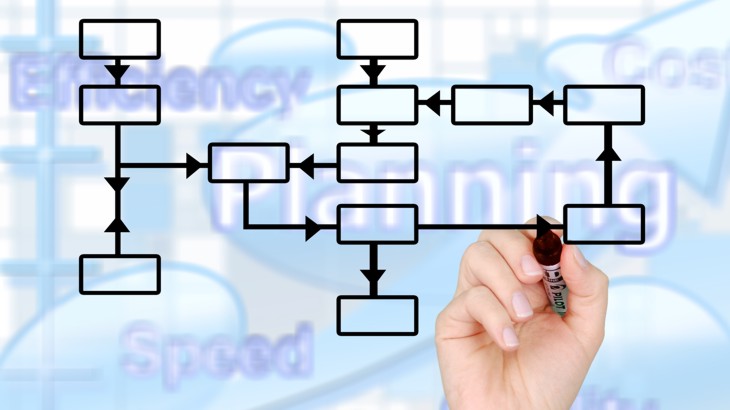Before investing in any significant effort, you should compare the potential benefits and costs. Implementing lean is no different. You need to consider whether or not the benefits of lean manufacturing will exceed the costs incurred to implement. A solid understanding of these differences will help you determine whether or not lean is right for your company.
Nine benefits you can expect with Lean Manufacturing…
The results your company can expect to see will differ from that of other companies. In particular, it will depend on where you start from and what you can put into it. However, with the right amount of planning and commitment, you can can realize some of these benefits is a short period of time. The following list outlines some of the most common benefits companies see. In addition to these, you may find other benefits as well.
- Quality Improvement – Much of the activity is lean environments is geared towards improving quality. When quality issues arise, problem solving tools and techniques are used to get to the root cause of the issue. From there, mistake proofing may be put in place to eliminate the cause of the problem and prevent future occurrences.
- Improved Visual Management – Lean manufacturing encourages management by sight. When done correctly, all work areas in the facility will be setup so that conditions can be evaluated by simply looking at it. With proper visual controls in place, any abnormalities will stick out and be quickly identified as a problem to fix. 5S is a tool that is often used to improve visual management.
- Efficiency Increases – Tools like standard work will ensure that employees are performing work in the best way possible and that the same method is used each time. Line balancing helps to ensure that each worker in the process is able to work smoothly and consistently. This leads to improved process efficiency and repeatability.
- Labor Reduction – A significant benefit of lean is its ability to get more work done with less effort. With standard work and increased efficiencies, it is possible to re-deploy employees to work that makes better use of their skills and delivers higher value to the customer.
- Problem Elimination – Lean thinking forces you to relentlessly work through problems until they have been completely solved and eliminated. Root cause analysis with cross-functional teams are often used to ensure that problems receive the level of attention they need in order to be corrected.
- Safer Facility – Visual management and 5S will help identify where things are out of place or otherwise abnormal. When abnormal situations are resolved, and unnecessary items are removed, the facility becomes more organized. Increasing the organization also increases the safety of the work environment by eliminating abnormal conditions.
- Boost to Employee Morale – Although it may take some time to achieve this during the initial stages of a lean transformation, employee morale will rise once the acceptance phase is reached and all members of the company feel like a contributing part of the team. In addition, reducing uncertainty and variation in the workplace through standard work and visual controls will reduce stress and lead to improved employee morale.
- Space Reduction – As the facility is transformed, extra floor space will start to appear as the result of the waste elimination process. Facilities with a lot of inventory will save space not only horizontally on the factory floor, but also vertically on storage racking.
And the three challenges you may face
Although there are many benefits of lean, there will certainly be challenges along the way. Careful planning for your implementation, and a solid effort, can easily overcome these challenges.
- Resistance – It seems like it is a fact of life; most people don’t like change. Most everyone likes to live in there comfort zone and sees change as a threat to this. Although all employees may offer some resistance, long term employees may offer the most resistance when trying to convert to a lean culture. Engaging frequently and often with resistors is key to overcoming it. Make sure to explain what the change will provide them personally, as well as what it will provide for the company. Training and communication should also be a key focus to overcoming resistance.
- Cost – The old adage about it “takes money to make money” applies here as well. Redesign of equipment and layouts to facilitate line balances and standard work will take money. Investigating and permanently fixing problems and mistake proofing will probably cost money. However, overtime, these improvements will pay for themselves through increases in quality, speed, and customer complaints.
- Start-up and Upkeep – Initially, you will require resources from the facility to implement lean. The numbers will require how quickly you want to implement and where you want to focus. Temporary workers can often be brought in to ‘back-fill’ some of your employees to implement the system. Once implemented, there will be upkeep that is required. Labels, floor tape, and other visual controls will get torn and need to be replaced. Parts will get relocated, requiring kanban cards be re-generated. Customer demand will likely require that production be leveled on a regular basis. However, as implementation progresses, you should start to free up the need for so much labor. As labor is freed-up, you can re-deploy some of these people to carry on the upkeep and also implement lean in other areas.







